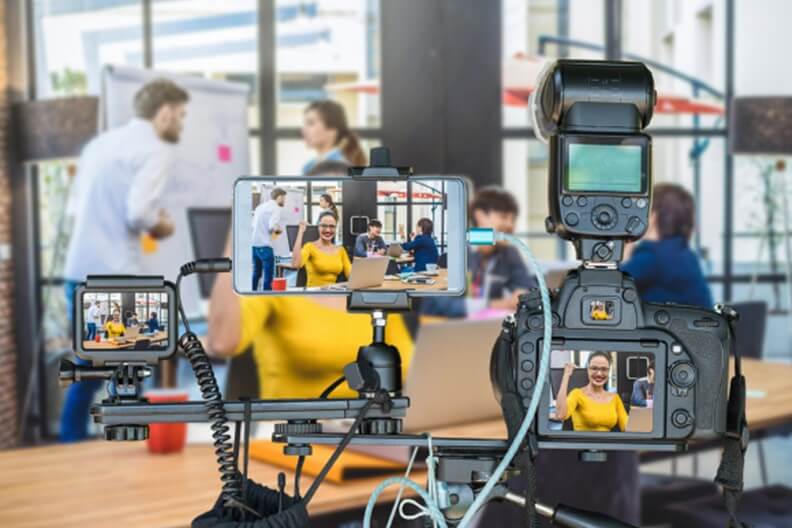This article includes historical information for context. While the core content remains valuable, some details reflect past events and may not be up to date. We regularly update our blog to keep you informed of current insights.
It is easy to assume that since virtual events do not occur at a venue, they require less planning. In reality, they need far more planning. This can be a costly mistake, especially for a meeting planner or a company new to hosting virtual events, particularly live ones.
Virtual meetings or events require more preparation, especially when it comes to rehearsing for them. Why? Most people have not presented or spoken at a virtual event. This sense of unfamiliarity can cause discomfort and anxiety around venturing into the unknown. Presenting or speaking at in-person events can be intimidating enough. Add in the technical aspect of running virtual technology, and this can be a deal-breaker.
Organizations will significantly improve their chances of hosting a successful virtual meeting by following the tips below for rehearsing it.
Educate Presenters and Speakers on the Technology
When it comes to the technology behind virtual events, even the most experienced presenters and speakers need a helping hand. This is why companies should designate a meeting planner or a staff member to educate presenters and speakers on how to use the platform.
Once the designated person is satisfied that the presenter or speaker has a basic knowledge of the platform, they should then ask them to run through the process using the same equipment they will use on the day of the meeting. This is the only way to determine that the presenter or speaker has mastered the technology.
Test the Audio and the Picture
While this tip may sound obvious, its importance cannot be overstated. If the sound goes out at an in-person event, microphones can be swapped out, projection can be used, and other solutions can be implemented. If the equipment for a slideshow goes down, a working machine can be borrowed.
None of these solutions will work at a virtual meeting because presenters, speakers, and attendees are not in the same space. If the sound or the picture goes out during a presentation, the hosts must hope that the parties involved can restore it. Therefore, thoroughly testing the technology that runs the audio and picture is imperative.
Too much testing is never enough. Those running the meeting should test once, test twice, test three times — and then test again.
PRO TIP:
Testing for sound and picture should not be limited to what’s seen on the screen. Other factors, such as Internet speed and consistency, for example, should also be tested. It is also helpful to have a technical liaison standing by in case of a technical issue. For example, if the Internet drops, can a phone hotspot be used as an alternative? If the video starts freezing, can a simple login and log out restore the virtual session? These are all crisis situations that can be considered and planned for as part of the testing process.
Rehearse on Screen
Rehearsing is essential for any performance, whether it’s a presenter, speaker, or performer. However, not all performances translate well on-screen, and some presenters may be used to speaking before a live audience. These can be challenges if not considered in advance of the virtual event.
For example, a magician may require a full-body shot, and this needs to translate well on screen. Smaller objects, such as marbles, or translucent objects such as water, may be hard to see on a screen. Alterations may need to be made to the act before it can be brought into a virtual arena.
Another example is a presenter or speaker. Sometimes, a presenter may want to establish a closer connection with the audience. In this case, a shoulder-up camera angle may be critical. On the other hand, a speaker who is used to making large hand and other body gestures may require a stage with proper lighting and a larger camera lens.
Prepare for the Technical Issues
Malfunctions can occur at in-person and virtual meetings, even when every effort has been made to ensure the event goes smoothly. This is the reason why organizations should always formulate an emergency plan and share it with every party who is involved.
A reliable emergency plan accounts for technical glitches, attendee errors, difficulty joining or maintaining a connection, and virtually any other scenario that might reasonably occur. The plan should include a solution for all the issues presented. The information should be straightforward and easy for anyone to comprehend.
Rehearsals are as crucial for virtual meetings as they are for in-person meetings. When businesses follow the tips outlined above, they will position themselves to host virtual events that are engaging, educational, and generate the desired outcomes.
Uncertain times call for creative thinking. Contact Gavel International to be inspired by solutions that connect and engage your people.
This article was last updated on June 5, 2025






